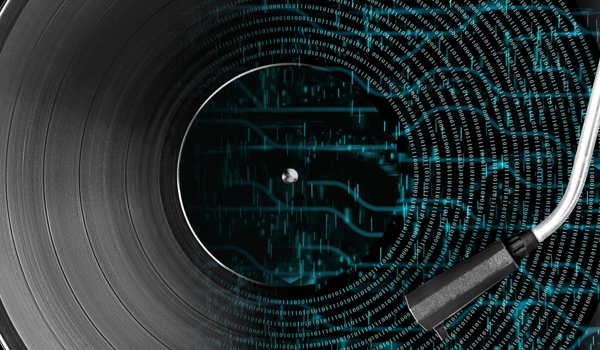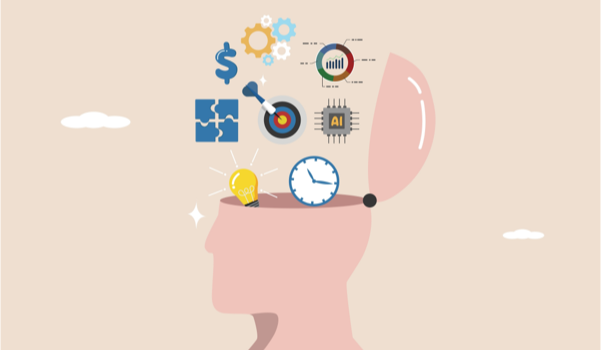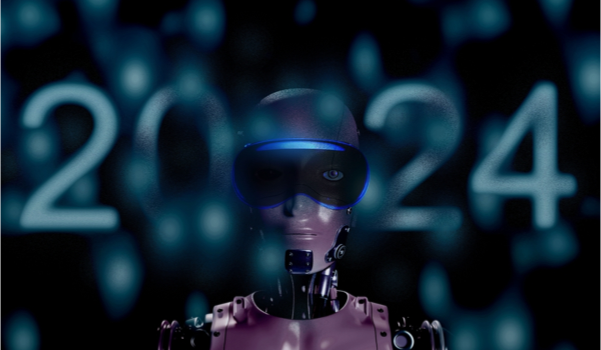


PARIS - Unintended consequences in the field of artificial intelligence (AI) tend to make for lively headlines, such as when Microsoft introduced a Twitter chatbot that quickly began spewing racist slurs. Whether Google’s image-recognition algorithm labels black people “gorillas” or Tesla’s autonomous vehicles kill their drivers, AI’s controversies have yet to dampen its appeal.
As AI applications multiply, so, too, will their reported failures, leading eventually to a public and regulatory backlash. Nowhere is this truer than in healthcare, where investment in AI reached an all-time high in 2018’s second quarter. From alleged medical-device failures in Canada and Europe to recent concerns about the performance of IBM’s Watson Health, the risks of adopting new technologies in the healthcare sector are clear.
Yet AI also promises to revolutionize the management of health records and patient risk, diagnosis, hospital operations, and other areas of medicine. Small wonder, then, the global AI healthcare market is projected to surpass US$34 billion by 2025. Public support for AI in healthcare is already high across a broad range of countries. In the United States, for example, 53,000 patient-monitoring devices - each gathering data for AI-driven predictive analytics - were in use by the end of 2017. That number is set to reach 3.1 million by 2021 in 176 percent annual growth.
Such rapid growth in AI use will have far-reaching implications for the healthcare market, but also important social and political consequences. The greater the reliance on AI-driven solutions, so the more demand will arise for a say in how these technologies are developed and deployed.
Unique Innovation
Technology has been at the heart of healthcare since antiquity. In just the past few decades, it has played a pivotal role in improving human wellbeing and
The content herein is subject to copyright by Project Syndicate. All rights reserved. The content of the services is owned or licensed to The Yuan. The copying or storing of any content for anything other than personal use is expressly prohibited without prior written permission from The Yuan, or the copyright holder identified in the copyright notice contained in the content. Continue with Linkedin
Continue with Linkedin
 Continue with Google
Continue with Google










 1612 views
1612 views







